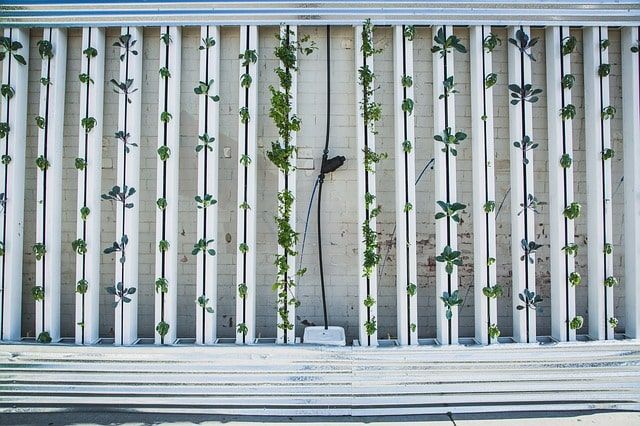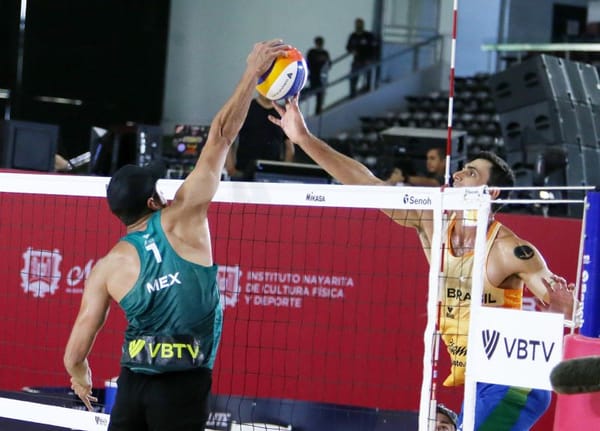Vertical farming, the future to supply food in Latin America: NASA
The increase of the population and the deterioration of the cultivation zones will force that controlled agriculture as vertical farming, is a solution.

The increase of the population and the deterioration of the cultivation zones will force that controlled agriculture as the vertical farms, is a solution to provide food in the cities of Latin America, said this Tuesday Gary Stutte, an expert in space cultures of the Aeronautical Agency and the Space of the United States (NASA).
"In Latin America, there are several of the world's largest cities, water is scarce and the land is less and less available to grow crops, so for these cities to have the capacity to produce more food and export will depend on environmentally controlled agricultural technology," he said.
The principal investigator of space flight experiments at NASA, designed to grow plants in microgravity for trips to Mars, explained through a videoconference that the current food supply as the population grows is inadequate and unhealthy. Currently, in Latin America, 81% of people live in cities, according to a population study by the U.N. Department of Social and Economic Affairs.
Stutte said countries need to implement new technologies because controlled environmental agriculture techniques such as vertical farms, greenhouse production, and inland agriculture are being developed around the world, especially for urban areas.
"In the next 30 years there will be more than 3 billion additional people on the planet to feed, and agriculture will transform the way we produce food for the next populations. These are not abstract numbers, and there will be no other way if we do not provide adequate answers," the specialist reflected.
He maintained that Panama has great potential to provide the technology and knowledge in controlled crop environments to the other nations of the region, which also seek to dominate the creation of fresh food.
David Proenza, president of the Foundation for the Development of Agriculture in a Controlled Environment (Fundaac), said that in the long term this type of crop will depend more and more on new technologies, as well as on important investments.
He compared a production in vertical farms of 1,000 meters is equivalent to 60 hectares cultivated traditionally, or 5 hectares in greenhouses. In addition, he specified that the return on investment of the first is achieved in 36 months, while land crops take 7 years to recover.
In addition, he stressed that the benefits of new crops are reflected in the reduction of water by 85%, the use of small spaces, harvest time reduced by 50%, elimination of chemicals in the plants, less labor, and no stoppage of production in the year.
The representative of the Inter-American Institute for Cooperation on Agriculture (IICA), Gerardo Escudero, indicated that for new ways of producing food and marketing it to have an impact on populations, it must be accompanied by a mechanism of innovation, knowledge, and public policies.
Escudero, who will participate together with Stutte in the third version of the Controlled Environment Agriculture Congress 2019, in Panama City from November 6 to 8, pointed out that the Central American nation will have in the future a research center on controlled environment crops that will be a reference for the region.
The activity in which international experts will meet will allow knowing the future of food production under roof, as well as a focus on the creation of sustainable and profitable agricultural enterprises in Latin America, a region that is home to more than 600 million people.




